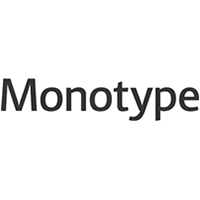A Modern Classic Makes it to the Web
The Futura® typeface family was designed over 80 years ago as fonts of metal type. It was made available for phototypesetting equipment about 40 years ago, and as digital fonts a little over 20 years ago. Today, this important design has made yet another technological leap and is available via Fonts.com Web Fonts.

Many assume that Futura was developed at the Bauhaus and is the embodiment of that school's teaching. The reality is, however, that Paul Renner, Futura's originator, had no Bauhaus affiliation. Futura, in many ways, even runs counter to Bauhaus teaching, and was rarely used by Bauhaus designers.
As first drawn, Futura clearly embodied the ideologies of the Bauhaus movement. While the capital letters were patterned after Roman character shapes and proportions, its lowercase was a design experiment that took the "form follows function" philosophy to extremes. Many characters were constructed out of literal geometric and minimalist shapes. The end result was a set of glyphs that may have reflected Bauhaus teaching, but were typographically virtually useless.

Renner submitted his new design to the Bauer Typefoundry of Frankfurt, which accepted the work – with the stipulation that its staff designers could make a "few" modifications to the typeface. Bauer's designers left Renner's caps pretty much untouched, but felt obliged to spend considerable time on the lowercase. Here, they did an exemplary job of melding Renner's philosophy with proven typeface design precepts. The end result was an immediate and overwhelming success in Germany. It wasn't until after World War II, however, that Futura was introduced into the United Kingdom and the United States.
While Futura appears to be constructed out of strict geometric shapes, it is not. First, as monotone as they may appear, the stroke weights of the design do vary. The most obvious place is where curved strokes join a stem. Here, the strokes are tapered so that the intersection does not look too heavy. Diagonals are lighter in weight that vertical strokes, and horizontal strokes are lighter still. In addition, the inside diagonals of the 'W' are lighter than the outside diagonals. If you look very carefully you will also discover that the top and bottom parts of the 'O' are lighter than the sides – and that the top is just a bit lighter than the bottom.
In addition, characters like the 'G,' 'H,' 'R' and 'P,' which you might expect to be horizontally symmetrical, are actually somewhat high waisted.

Whether a "true" geometric design, or not, the Futura typeface family has proved itself a valuable typographic contributor for the better part of a century. And now, 45 fonts of Futura are available for Web font implementation.

Allan Haley is Director of Words & Letters at Monotype Imaging. Here he is responsible for strategic planning and creative implementation of just about everything related to typeface designs.








